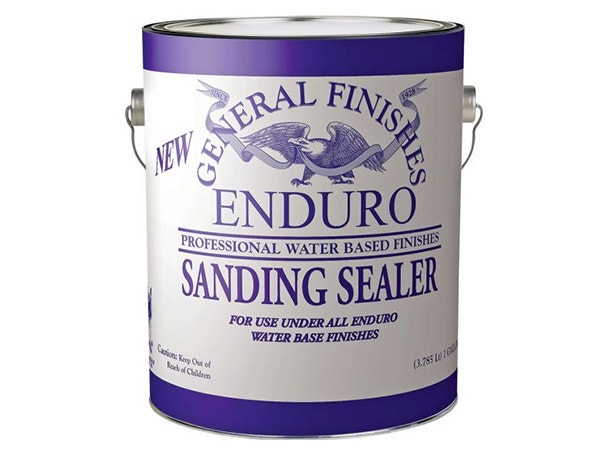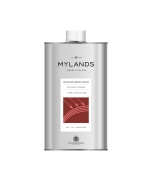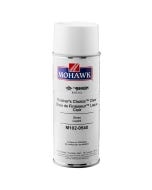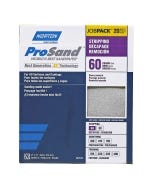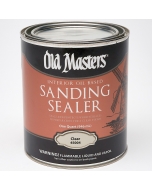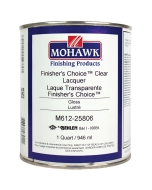What's Up With Sanding Sealer?
In all my years of finishing and refinishing furniture, I have never used sanding sealer. When and why should it be used, if at all? Will it make a big a difference in the end results of my projects?
Michael Dresdner: Sanding sealer is never mandatory - it is an option that saves time and material in some situations, and is unnecessary in others. Some woods, like cedar, spruce, and poplar, are so porous that they tend to suck up the first few coats of sprayed lacquer as if nothing were applied. Other woods, such as walnut and mahogany, require a good bit of sanding to level the pores even when pore filler is used. In both cases, the material of choice would be something that builds up quickly and is very easy to sand. Enter sanding sealer.
Sanding sealer is lacquer, or some other basic coating, with zinc stearate added. The stearate, which is a soft, fluffy soap, adds loft to the lacquer, making it build up and fill in pores much faster. It also makes the lacquer softer, and acts as a lubricant when sanding, so that sanding sealer powders off quickly and easily. These characteristics make it ideal for trimming both the number of coats and the amount of time spent sanding them. This is especially helpful when you are trying to build a perfectly flat, pore-free finish. It is useless, in fact, counterproductive, for the open pore "natural" look finishes more popular today.
A word of warning is in order. The stearates make sanding sealer rather soft. If you put a hard, brittle finish, like lacquer, over a thick, soft one, like sanding sealer, it is much more likely to chip and crack. For that reason, if you use sanding sealer, stick to one or two coats at the most, and plan to sand most of it back off. For the same reason, and because it tends to shrink as it cures, it is not advisable to use sanding sealer instead of pore filler.
Keep the inspiration coming!
Subscribe to our newsletter for more woodworking tips and tricks
